Teaching Beyond the Main Idea: Nonfiction and Author's Intent (Part II)
Welcome to Part Two of a three-part blog post series on nonfiction reading and the important reading work of determining point of view, exploring author's intent and engaging in critical reading. If you missed Part One on nonfiction reading and determining point of view, check out the link here! I have been working on a letter of recommendation for a teacher I've worked with over the past few years. I've admired her work for years and can't imagine a better candidate for this educational program. As I sat at my computer, I felt an urgency to express her thoughtful and innovative work to the application committee. I wrote and rewrote each sentence a number of times, concentrating on creating a vivid, accurate portrayal of her classroom and teaching. I chose my anecdotes, words, and thoughts on her work with attention and care. My driving intent - to give her the best shot at in getting into this program.And this driving intent - this author's intention - fueled the piece of writing. It informed decisions around craft and structure; it influenced word choice and tone. As a writer, the intention comes from within. When reading another's writing, we imagine the intention. Figuring out an author's intention reveals the purpose behind the piece and adds a layer of insight to the reading. Now, is it possible to completely determine someone else's intent without asking him or her? Perhaps not completely. But engaging in analysis of an author's intention leads to layered reading, as well as going beyond figuring out the main idea.Now, you might ask, "What's the difference between an author's point of view and an author's intent?" We asked the same question! My colleagues and I muddled in this fog for a bit this past summer, teasing out the differences between an author's point of view and an author's intent. It's a slippery slope, really - one informing the other and visa versa. But we came to a understanding that worked for our learning community and it was this: Author's intent is the drive behind a piece of nonfiction. It's the why of the piece, the intention of the author. Like point of view, sometimes it obvious and easy to determine, where other times, more subtle and difficult to discern.Another way to examine the different between point of view and author's intent was this:
If a text is a car, then an author's intention is the driver. Yes, the driver has a point of view, a vantage point of the road, but she also has a plan of where she wants to take the car and how she's going to drive it.
This exploration in truly defining author's intent in our learning community provided a fruitful, engaging and dynamic conversation - one that we encourage you to take up with colleagues, as well. As you come to your own understandings around author's intent, perhaps some of these strategies, language prompts, and instructional charts will help your students access this work when reading nonfiction.
Strategies for Author’s Intent
Here are some starter strategies to use when exploring author’s intent:
● Readers read to find out what the author is making us feel, and how. We pay attention to how we feel after reading a text. Then, we step back and ask ourselves, “How did the author get me to feel this way?” (see sample instructional chart for this strategy below.)
● Readers investigate an author’s intent by paying close attention to words and phrases the author uses. We then use this information to step back and think, “Why is the author using those words and phrases? What is her or his plan?”
● Readers examine an author’s intent by looking at the information he or she includes, and thinking about the information he or she has left out. What is included or excluded can lead readers to figuring out what the author is trying to do with his or her writing.
● Readers can examine an author’s intent by analyzing the inclusion of text-features, such as illustrations, photographs, charts, and graphs, to determine how these features make readers feel or what charts/graphs are designed to show.
● Readers pay attention to whom an author cites as an “expert” or “source of knowledge” on the topic.
● Readers notice when words or certain phrases are repeated throughout a text. They try to put those words and/or phrases into a larger category to see what an author’s intention might be centered around.
Language Prompts for Author’s Intent
Here are some language prompts to use when exploring author’s intent:
● This is making me feel…because…
● The author uses the word(s) _____ because… This makes me think he or she is trying to…
● The author doesn’t include… This makes me wonder if…
● Because the author is part of _____ organization, his/her intent must be to _____.
● I noticed that the author repeatedly uses _____ (phrases, theme, setting, etc.) and that makes me realize that the author is trying to show/teach me about _____...
● The author wants me to know (or do) ...
● I think these images fit/don't fit with the text because ...
● I think the author is trying to persuade me to think/do ... because they he or she says/does ... in the text.
A Possible Teaching Chart that Supports Nonfiction and Point of View

 Teachers trying this work shared that one of the mantra's around this work is asking why. Why do you think the author wrote this piece? Why do you think the author chose to use these types of words? Why did the author include this evidence, this image, the fact box? This mantra of why positioned students to embrace a more critical stance when reading nonfiction and fostered a conversation between reader and text. Please continue sharing your journey with this work!-Kate & MaggieBig Idea = Nonfiction Reading Tiny Detail = Practical Strategies for Analyzing Author's Intent of Nonfiction Texts
Teachers trying this work shared that one of the mantra's around this work is asking why. Why do you think the author wrote this piece? Why do you think the author chose to use these types of words? Why did the author include this evidence, this image, the fact box? This mantra of why positioned students to embrace a more critical stance when reading nonfiction and fostered a conversation between reader and text. Please continue sharing your journey with this work!-Kate & MaggieBig Idea = Nonfiction Reading Tiny Detail = Practical Strategies for Analyzing Author's Intent of Nonfiction Texts

